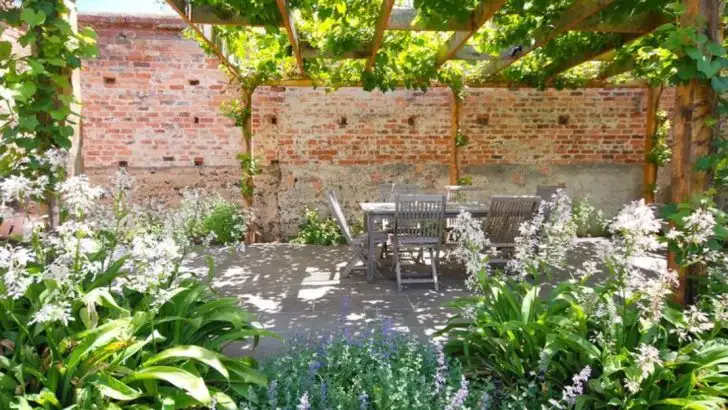In gardening, we often focus on sunlight—how much and when—but shadows play an equally powerful, yet overlooked, role in shaping plant health and garden atmosphere. The way shadows fall can create microclimates, protect delicate plants, and even influence flowering and fruiting cycles.
By learning to read and design with shadows, you can harness their cooling effects in summer, create cozy sheltered spots, and plan your beds for optimal light balance throughout the day and seasons. Shadows are nature’s own tool for temperature regulation and moisture conservation.
In this article, we’ll explore how to intentionally use shadows as a design element, turning your garden into a dynamic space that supports diverse plants and feels alive with shifting patterns of light and shade.
Dappled Shade for Delicate Plants
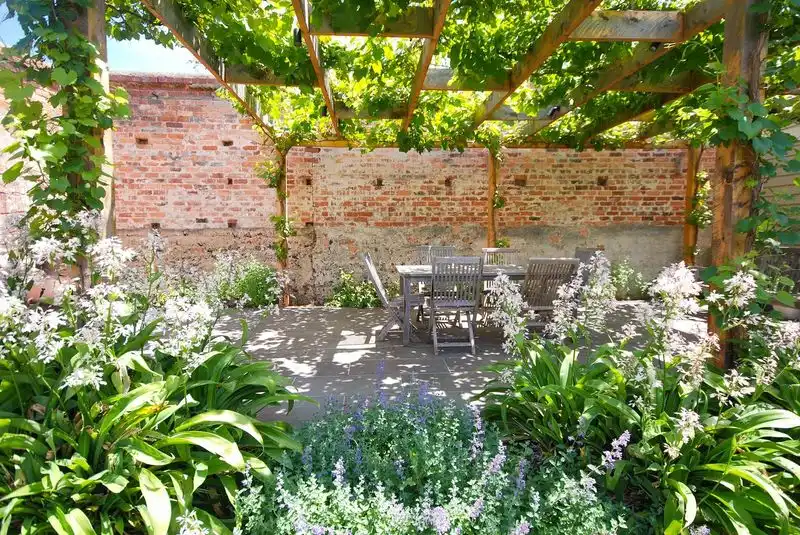
Imagine a quiet corner where sunlight filters through leaves, dancing gently on the ground. Dappled shade provides the perfect environment for delicate plants like ferns and hostas. It’s a natural way to protect them from harsh sunlight while creating an enchanting atmosphere. The interplay of light and shadow not only adds texture but also evokes a sense of tranquility. Think of it as nature’s lacework, offering both beauty and protection. This thoughtful arrangement allows plants to thrive in a balanced light, marrying aesthetics with practicality.
Silhouettes as Focal Points
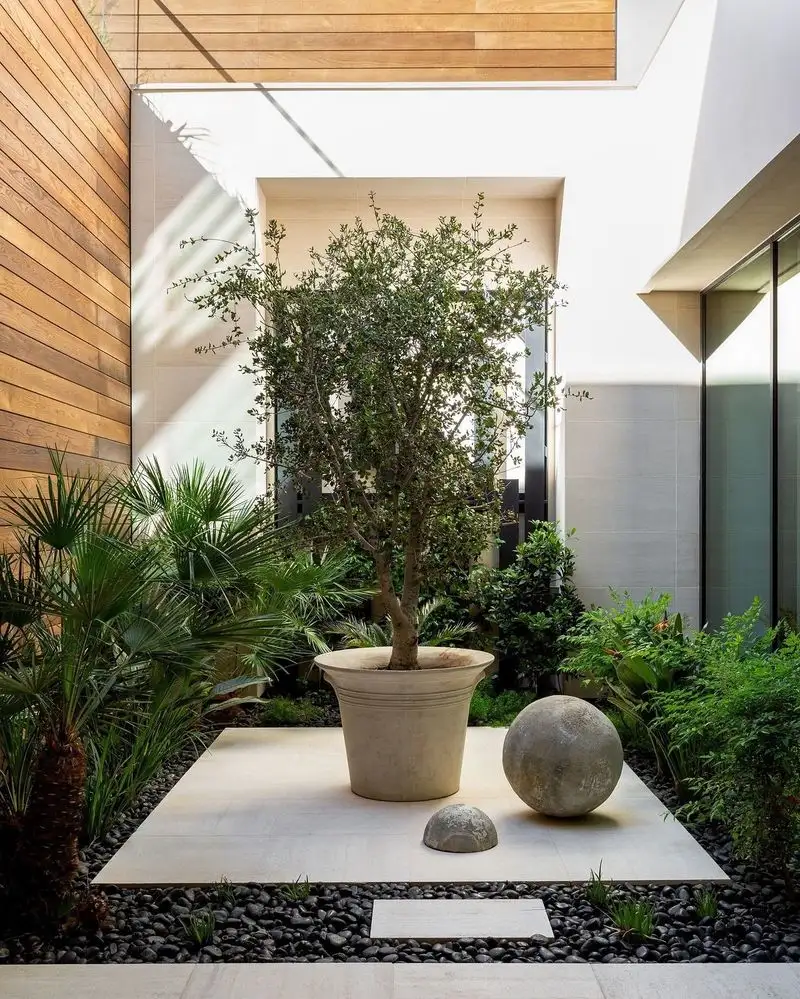
At sunset, garden sculptures can transform into striking silhouettes, capturing the eye and sparking imagination. This technique turns ordinary objects into extraordinary focal points. By placing sculptures where they catch the setting sun, you can create dramatic effects that are both artistic and mesmerizing. Shadows stretch and grow, offering a new perspective on familiar forms. It’s an invitation to pause and appreciate the garden from a different angle. Silhouettes add mystery and depth, shifting the garden’s narrative as day turns to night.
Creating Pathways with Light and Shadow
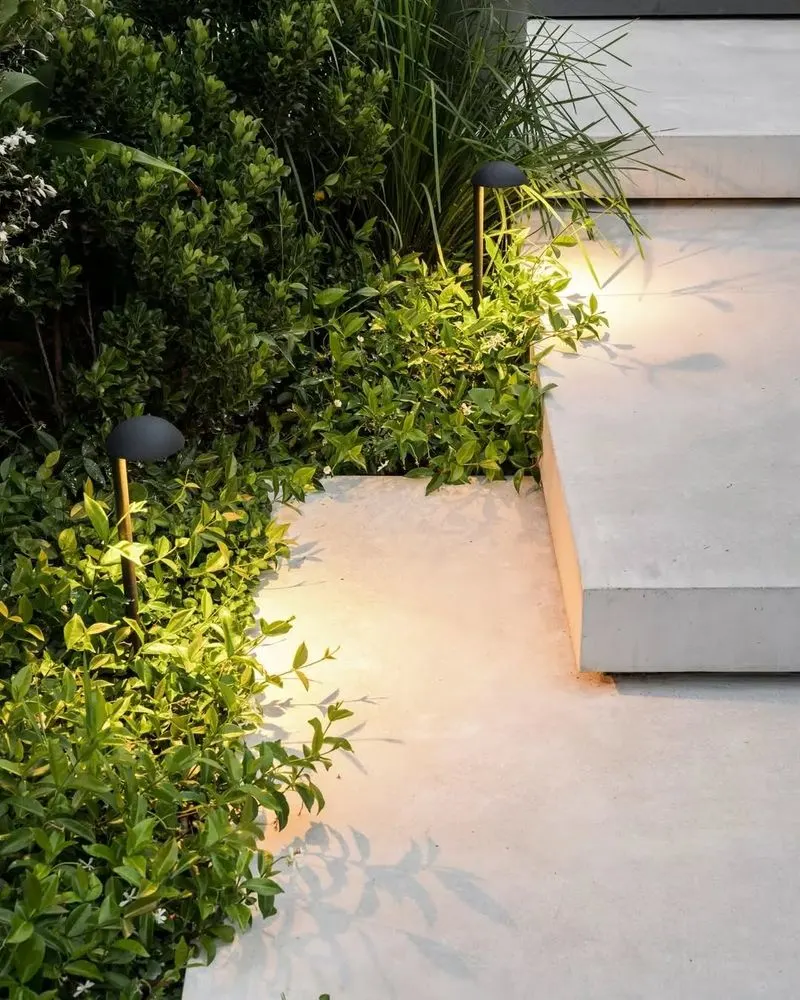
Step onto a garden path where shadows guide your journey. By using structures like pergolas or trellises, you can create intriguing patterns on walkways. These shadows act as a natural guide, leading visitors through the garden. Each step uncovers a new pattern, adding an element of surprise and delight. It’s not just a path; it’s an experience, a journey through light and shadows. Such design elements invite exploration and engagement, turning a simple walk into a memorable adventure.
Mystery of Hidden Corners

In the quiet corners of the garden, shadows can create secluded nooks perfect for reflection or a secret retreat. These spaces invite solitude, offering a sense of seclusion amidst the greenery. By using shadows, you can craft intimate areas that feel like a hidden world. It’s a place where the mind can wander, free from the distractions of the outside world. Shadows lend an air of mystery, beckoning the curious and providing a sanctuary for the soul.
Highlighting Textures with Shadow Play
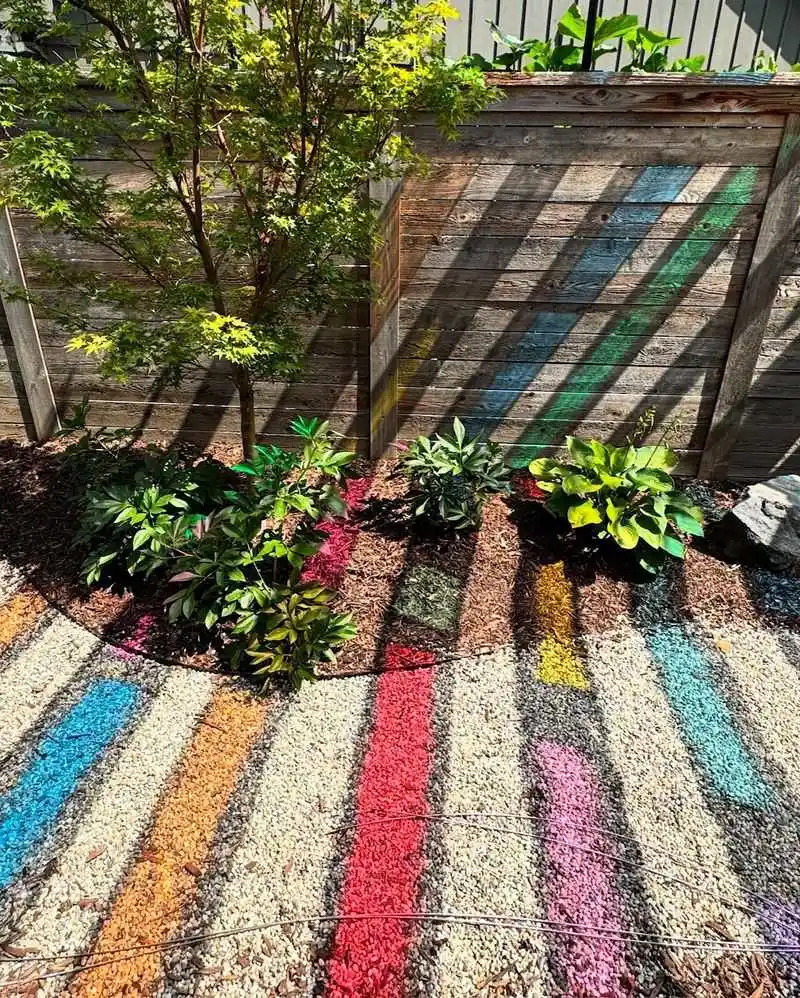
Textures come alive when shadows dance across surfaces. Picture a garden wall, its texture highlighted by the shifting shadows of nearby plants. This interplay accentuates the wall’s character, adding depth and intrigue. Shadows reveal the nuances of texture, turning a flat surface into a dynamic element. It’s a subtle yet powerful way to enhance the garden’s visual appeal. By harnessing this effect, you bring attention to the often-overlooked details, enriching the garden’s overall aesthetic.
Shade as a Canvas for Color
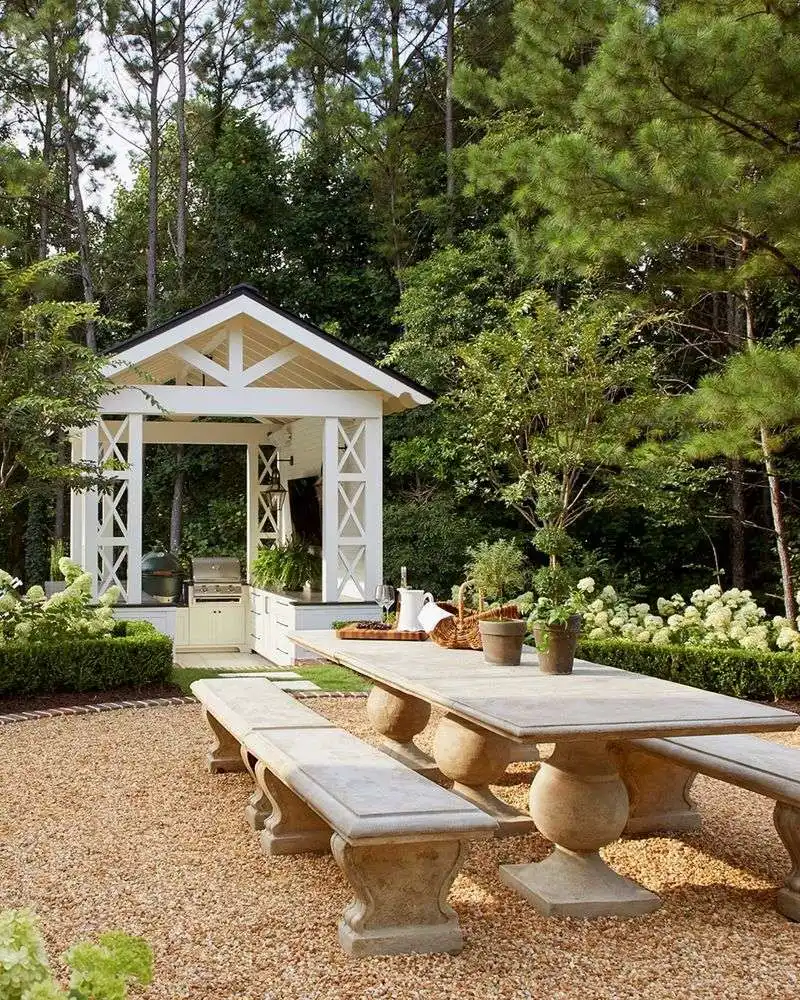
In the garden, shade can become a canvas for colorful plants that thrive without direct sunlight. Think of shade-loving flowers like impatiens and begonias, their colors vibrant against the subdued backdrop. Shadows provide a contrast that makes these hues pop, creating a striking visual effect. This approach adds a layer of depth to the garden, where colors are more vivid and pronounced. It’s a celebration of contrast, where the absence of light enhances the beauty of color.
Dynamic Shadows with Moving Light
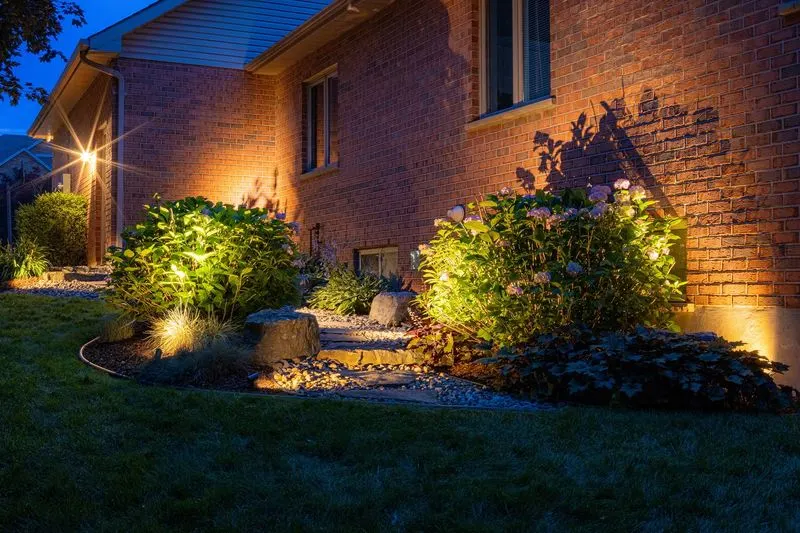
Imagine a garden where shadows shift and change with the moving light. By incorporating elements like kinetic sculptures or wind chimes, you can create dynamic shadow patterns. This ever-changing display captures the essence of movement and time, adding a lively and playful element to the garden. It’s a dance of light and dark, where the garden becomes a living canvas. Such creativity invites onlookers to engage with the garden, offering new perspectives with every glance.

